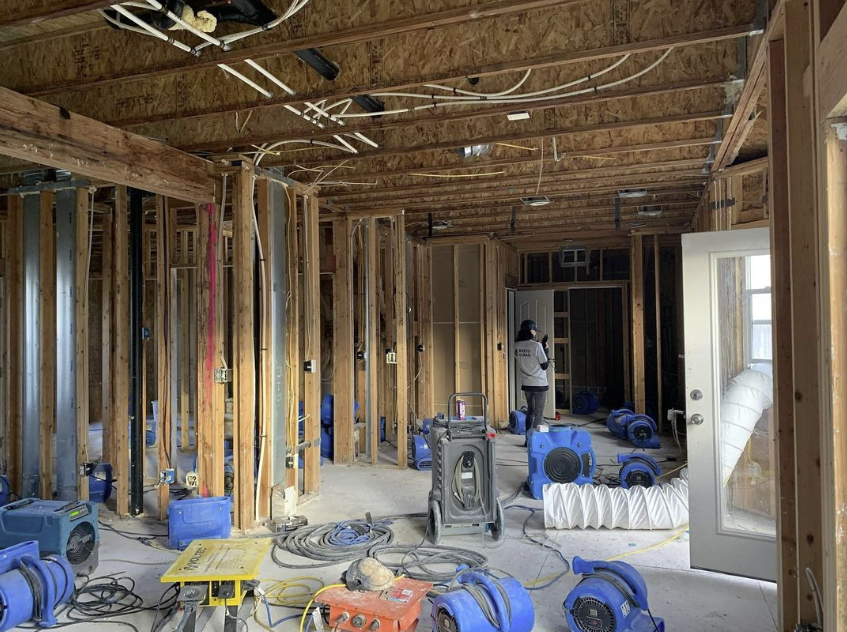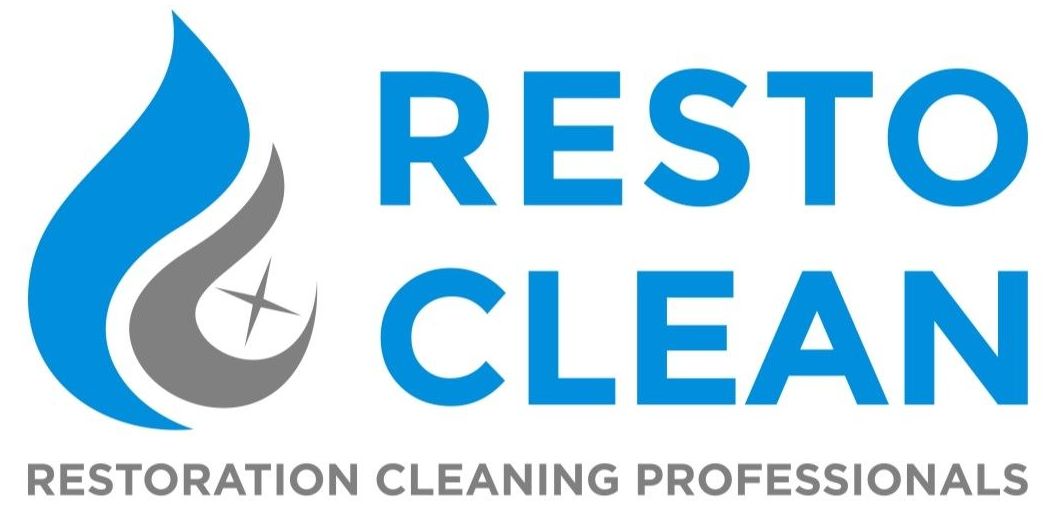Biohazard cleanups, also known as disaster cleanups, refer to the process of cleaning up and decontaminating areas that have been affected by biological, chemical, or other hazardous materials. These cleanups are important for a variety of reasons, including protecting public health and safety, minimizing the spread of disease, and restoring affected areas to their pre-disaster state.

Biohazard & Trauma
What are Biohazard Cleanups?
When a disaster strikes, whether natural or man-made, the resulting damage can be catastrophic. Disasters such as floods, hurricanes, fires, and chemical spills can cause extensive damage to infrastructure, buildings, and homes. In addition to physical damage, disasters can also cause a range of health hazards due to the presence of hazardous materials such as mold, bacteria, viruses, and chemicals.
Biohazard cleanups are essential in the aftermath of a disaster to mitigate the health hazards caused by the presence of hazardous materials. For example, floods can create the ideal breeding grounds for mold and bacteria, which can quickly spread and cause respiratory issues, allergic reactions, and infections. Chemical spills can also pose serious health risks, including skin irritations, respiratory issues, and chemical burns. In the aftermath of a disaster, biohazard cleanups are necessary to prevent the spread of these hazardous materials and protect public health.
The Importance of Biohazard Clean-ups
Biohazard cleanups are also necessary to restore affected areas to their pre-disaster state. Disasters can cause significant damage to buildings, infrastructure, and the natural environment. If left unaddressed, the presence of hazardous materials can worsen the damage and make the recovery process more difficult. By removing hazardous materials and decontaminating affected areas, biohazard cleanups can help speed up the recovery process and restore affected areas to their pre-disaster state.
Why are Trauma Clean-ups Neccessary?
The process of biohazard cleanup involves a range of specialized procedures and equipment designed to remove hazardous materials and decontaminate affected areas. The exact process used will depend on the type of hazardous material present and the extent of the damage. Some common procedures used in biohazard cleanups include:
- Personal Protective Equipment (PPE) - Biohazard cleanup professionals will wear specialized protective gear to prevent exposure to hazardous materials.
- Containment - The affected area will be contained to prevent the spread of hazardous materials to other areas.
- Removal - Hazardous materials will be safely removed from the affected area and disposed of according to local regulations.
- Decontamination - The affected area will be thoroughly cleaned and decontaminated to remove any remaining hazardous materials.
- Testing - The area will be tested to ensure that all hazardous materials have been removed and the area is safe for use.
It's important to note that biohazard cleanups should only be carried out by trained and certified professionals with the proper equipment and expertise. Attempting to perform biohazard cleanups without the proper training and equipment can be dangerous and can result in further health hazards.
In conclusion, biohazard cleanups, or disaster cleanups, are important for protecting public health and safety and restoring affected areas to their pre-disaster state. They are necessary in the aftermath of disasters to mitigate the spread of hazardous materials, prevent the worsening of the damage, and speed up the recovery process. By using specialized procedures and equipment, trained professionals can safely remove hazardous materials and decontaminate affected areas to make them safe for use.

